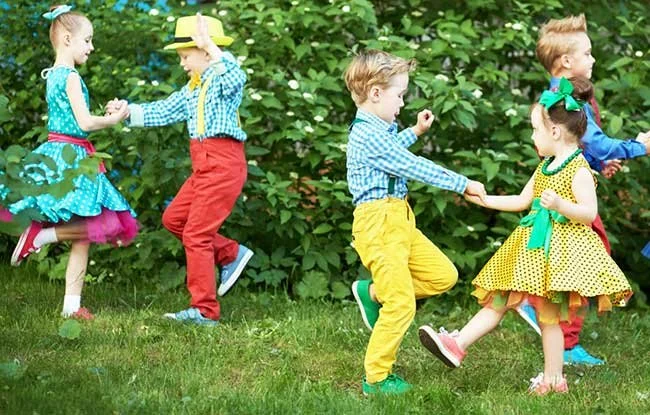
- what-makes-school-dances-appealing-to-students
- are-school-dances-worth-it-socially-and-emotionally
- the-downsides-of-school-dances-worth-considering
- real-student-stories-on-school-dance-experiences
- how-dance-education-enhances-the-value-of-school-dances
- make-your-dance-experience-better-with-american-dance-academy
1. What Makes School Dances Appealing to Students?
School dances have been a staple of the high school experience for decades. Whether it’s prom, homecoming, or a spring formal, these events offer students a chance to dress up, have fun, and break free from the daily routine of classes and homework. But are school dances worth it? For many students, the answer lies in the opportunity to socialize outside of an academic setting. It's a space where personalities can shine, friendships can deepen, and even shy students can feel like part of something larger.
Music, dancing, and themed decorations create a sense of celebration. It’s often the only time during the school year where everyone—from varsity athletes to AP scholars—shares a dance floor. This blend of community and excitement is what draws students back year after year.
2. Are School Dances Worth It Socially and Emotionally?
When asking are school dances worth it, one of the biggest factors is emotional impact. For some students, attending a school dance is a rite of passage. It can be their first time dressing formally, dancing with a crush, or simply being part of a big event that everyone talks about afterward. These moments create memories that last beyond graduation.
2.1 A Space for Growth and Confidence
For introverts or socially anxious teens, dances can seem overwhelming at first—but they also provide a space to take small, manageable social risks. Asking someone to dance or simply showing up despite nerves can be a huge step toward building confidence.
2.2 Connection and Belonging
In large schools especially, it’s easy for students to feel lost in the crowd. Events like school dances offer an emotional touchpoint that connects individuals to the broader school community. According to education psychologist Dr. Renee Smith, “These shared social experiences have a stronger impact on school satisfaction than most educators realize.”
3. The Downsides of School Dances Worth Considering
That said, it’s fair to question whether school dances are always a worthwhile experience for every student. There are potential downsides—ranging from social anxiety to cost barriers—that can make these events feel exclusionary rather than inclusive.
3.1 Financial and Social Pressure
Tickets, attire, transportation, and sometimes even group dinner plans can add up quickly. For students from lower-income households, this can create stress and even prevent them from attending. Additionally, not having a date or a friend group to go with can make the idea of showing up feel intimidating.
3.2 Expectations vs. Reality
Thanks to social media, there's often an unrealistic picture of what school dances “should” be like. When the actual event doesn't live up to the hype, students may feel disappointed. That gap between expectation and reality can make some question whether the night was worth the emotional investment.
4. Real Student Stories on School Dance Experiences
Take Jasmine, a senior in Brooklyn, who almost skipped her prom because she didn’t have a date. “I was ready to stay home,” she says. “But my friends convinced me to come with the group. We laughed all night. No one even cared about dates. It was seriously one of the best nights of high school.”
Then there’s Matt, who describes his first dance as “awkward and sweaty,” but still worth it. “I was nervous, and my suit was too tight, but I actually made new friends that night. It broke the ice in ways the classroom never did.” These stories reflect the unpredictable, sometimes imperfect—but often meaningful—nature of school dances.
5. How Dance Education Enhances the Value of School Dances
One way to boost the confidence and enjoyment students get from school dances is through basic dance education. Knowing how to move to a beat, feeling comfortable with your body, and understanding dance etiquette can transform the entire experience—from one of dread to one of anticipation.
Dance instruction also helps level the playing field. When students have even a few foundational moves, it reduces fear of embarrassment and boosts overall participation. Educators who integrate social dance lessons into physical education or extracurriculars often see increased turnout at school dances and more positive feedback afterward.
6. Make Your Dance Experience Better with American Dance Academy
Whether you’re gearing up for your first school dance or looking to feel more confident on the dance floor, American Dance Academy is here to help. We offer beginner-friendly classes in everything from partner dancing to freestyle fundamentals, all taught by experienced instructors who understand teen learners.
With personalized lessons and flexible scheduling, American Dance Academy empowers students to embrace every social dance opportunity with poise and enthusiasm. Our programs are designed to turn hesitation into celebration—because everyone deserves to feel good at their school dance, regardless of experience or background.
So, are school dances worth it? The answer may depend on how prepared, included, and supported a student feels. With the right mindset and a little rhythm, school dances can become some of the most valuable and joyful experiences of the school years.
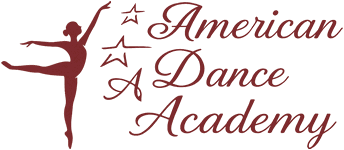
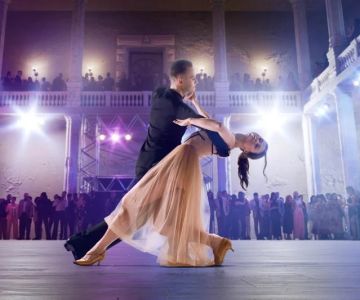
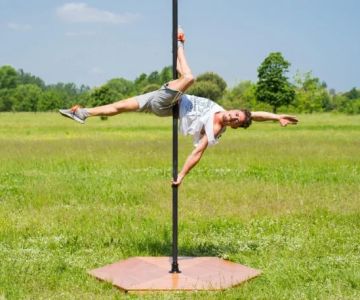
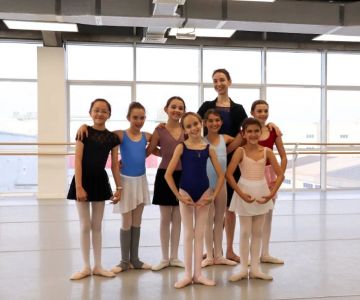
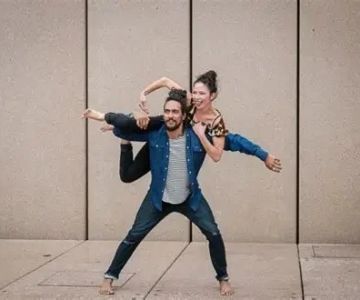
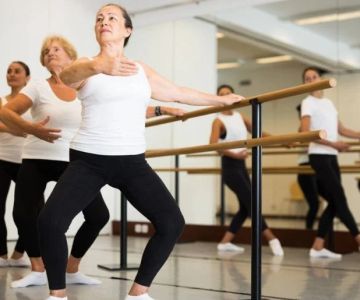
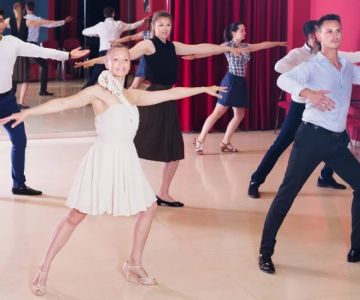
 Barrington Dance Academy5.0 (22 reviews)
Barrington Dance Academy5.0 (22 reviews) Canyon Concert Ballet4.0 (17 reviews)
Canyon Concert Ballet4.0 (17 reviews) Big City Dance Center LLC4.0 (25 reviews)
Big City Dance Center LLC4.0 (25 reviews) Tye Chua Dance & Kalamazoo Ballet5.0 (18 reviews)
Tye Chua Dance & Kalamazoo Ballet5.0 (18 reviews) Fenton Ballet Theatre4.0 (24 reviews)
Fenton Ballet Theatre4.0 (24 reviews) Front Street Dance Center5.0 (7 reviews)
Front Street Dance Center5.0 (7 reviews) Are There Dances in Middle School? What Students and Parents Should Know
Are There Dances in Middle School? What Students and Parents Should Know How a Dance School in Instagram Builds Community and Success
How a Dance School in Instagram Builds Community and Success Why Do Schools Teach Square Dancing?
Why Do Schools Teach Square Dancing?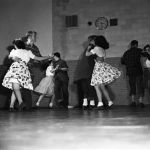 Why Was Square Dancing Taught in School?
Why Was Square Dancing Taught in School? Why Swing Dance Is Popular for Adults
Why Swing Dance Is Popular for Adults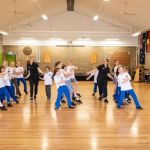 A School Dance: How to Prepare, Shine, and Make It Unforgettable
A School Dance: How to Prepare, Shine, and Make It Unforgettable